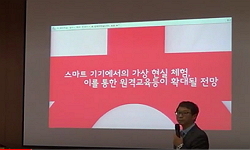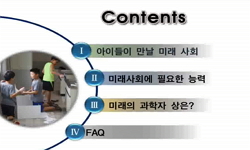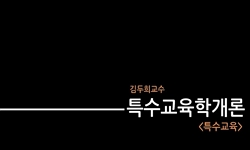This paper analyzed the misordering error of Korean learners about “Num+Ci(次)” based on HSK corpus. On this basis, the teaching and pratice methods for Korean students was also presented. “ Ci(次)” is not only one of the most frequently use...
http://chineseinput.net/에서 pinyin(병음)방식으로 중국어를 변환할 수 있습니다.
변환된 중국어를 복사하여 사용하시면 됩니다.
- 中文 을 입력하시려면 zhongwen을 입력하시고 space를누르시면됩니다.
- 北京 을 입력하시려면 beijing을 입력하시고 space를 누르시면 됩니다.

语言类型学视角下的“Num+次”错序偏误考察 ― 以韩语母语者为中心 = The Error Analysis of Korean Learners about “Num+Ci(次)”: A Typological Aapproach
한글로보기https://www.riss.kr/link?id=A108328746
- 저자
- 발행기관
- 학술지명
- 권호사항
-
발행연도
2022
-
작성언어
-
- 주제어
-
KDC
700
-
등재정보
KCI등재
-
자료형태
학술저널
-
수록면
117-145(29쪽)
- DOI식별코드
- 제공처
- 소장기관
-
0
상세조회 -
0
다운로드
부가정보
다국어 초록 (Multilingual Abstract)
This paper analyzed the misordering error of Korean learners about “Num+Ci(次)” based on HSK corpus. On this basis, the teaching and pratice methods for Korean students was also presented. “
Ci(次)” is not only one of the most frequently used words in the modern Chinese language, but also one of the most grammatically important verb measure word at a beginner level in learning the Chinese language. Meanwhile, the most obvious error made by Korean learners of the Chinese language is the misordering error. The misordering error is a type of error occurred when the order of an adverbial phrase and a complement is switched, and it is hard to locate “Num+Ci(次)” and an object. This paper analyzed the reasons for the misordering error from the perspective of linguistic typology. In a comparison associated with the corpus data, learners who use a different native language of different language category shows a clear difference in the appearance of the misordering error. However, learners who use a different native language of the same language category show similarity in error pattern and error rate. In specific, Korean and Japanese are both classified as an SOV language category, and “Num+Ci(次)” locates before a verb. On the other hand, both English and Chinese follow the basic order of an SVO language category, in which locate “Num+Ci(次)” after a verb in general. Herein, when it comes to the misordering error of “Num+Ci(次)”, Korean learners and Japanese learners show similar patterns, whereas learners who use English as their native language barely make the misordering error. In this regard, it is difficult to say that dialogues, interpretations, and exercises regarding “Ci(次)” in Chinese language books are for Korean learners. Hence, developing a Chinese language book is needed to overcome the error frequently made by Korean learners.
동일학술지(권/호) 다른 논문
-
- 중국어문연구회
- 金甫暻 ( Kim Bokyung )
- 2022
- KCI등재
-
- 중국어문연구회
- 韓知延 ( Han Jiyeon )
- 2022
- KCI등재
-
- 중국어문연구회
- 李賢馥 ( Lee Hyunbok )
- 2022
- KCI등재
-
- 중국어문연구회
- 鄭重釋 ( Jung Joongseck )
- 2022
- KCI등재




 KCI
KCI KISS
KISS







